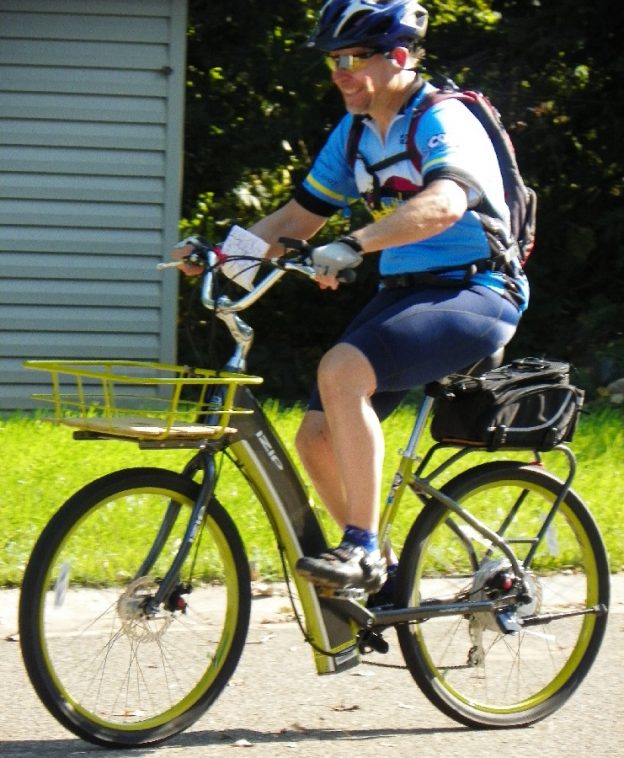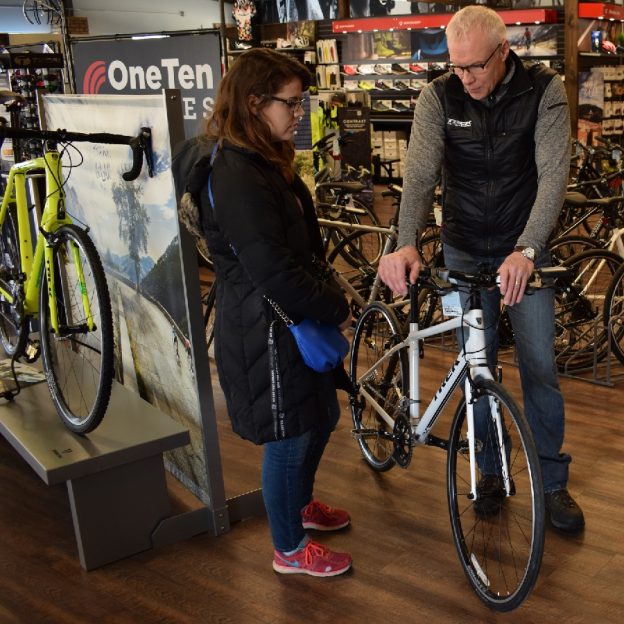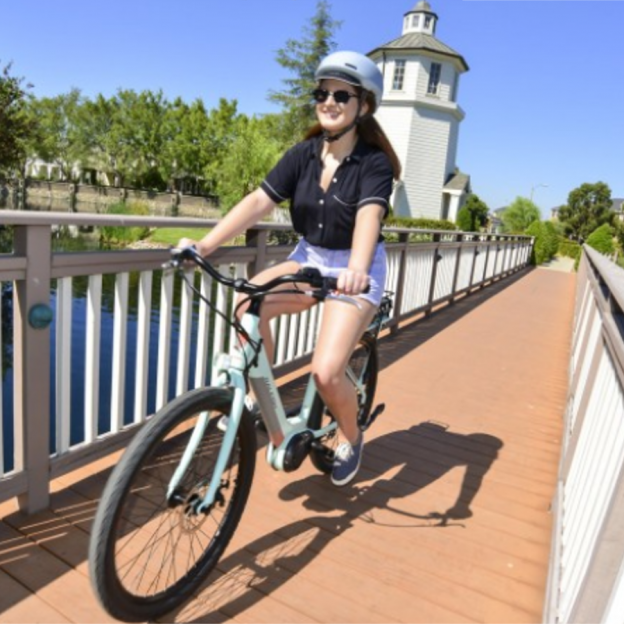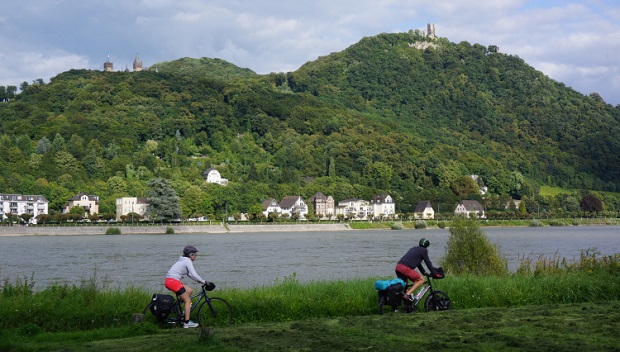Tag: bike buying
-

Bike Pic May 3, it might be time to test ride an e-bike.
This Saturday, visit your favorite bike shop and test ride an e-bikes.
-

Winter in a bike shop is a great time to learn and save
The winter months are the perfect time to visit a bike shop and learn. Other than just enjoying bikes at a time when you may not be riding, there are many benefits to visiting your bike shop during the cooler months of the year. You can learn more in the slower winter months, get better…
-

E-bikes, what are the differences and what’s best for your riding style
The idea of strapping a motor to a bicycle is nothing new. In fact, the first internal combustion engine bicycle was launched by Gottlieb Daimler and Wilhelm Maybach in 1885. As time moved forward motorize bicycles became motorcycles, but the call for some sort of powered bicycle never faded. Now that the E-bike market has…
-

Recreational or competitive what is the right bike for your riding pleasure?
How do you figure out what is the right bike for you? Like everything else in the world today, there are no shortages of choices when it comes to bikes. With that said, please read on for several helpful tips!
-

Tips on buying a touring, or any other bike
There are a few aspects of buying a touring or any other bike of your choice, so utterly basic that they’re often lost in the quagmire of internet-based research. This is particularly the case when browsing websites for advice on features and technical specifications, rather than stopping into your local bike shop – were you…
